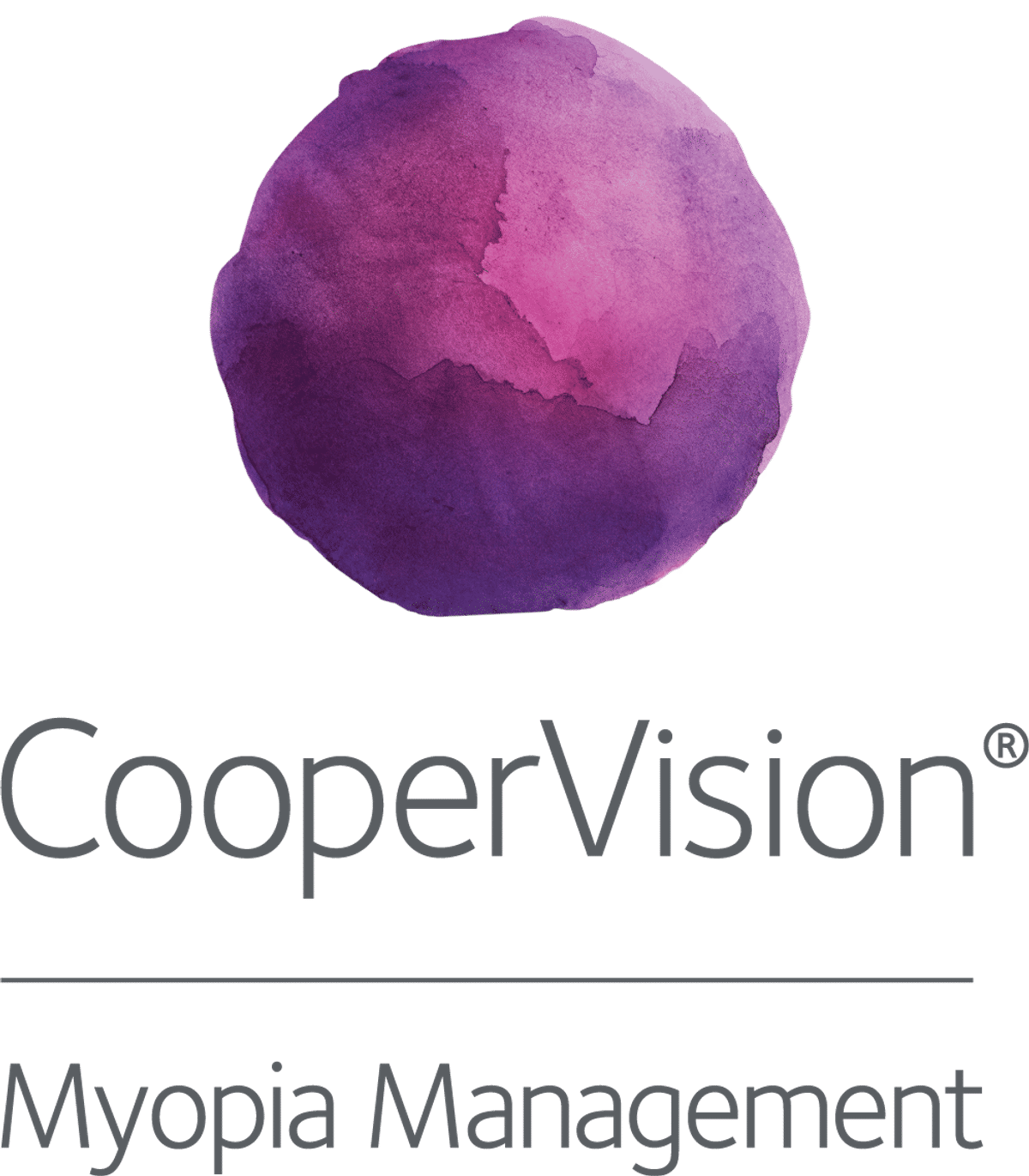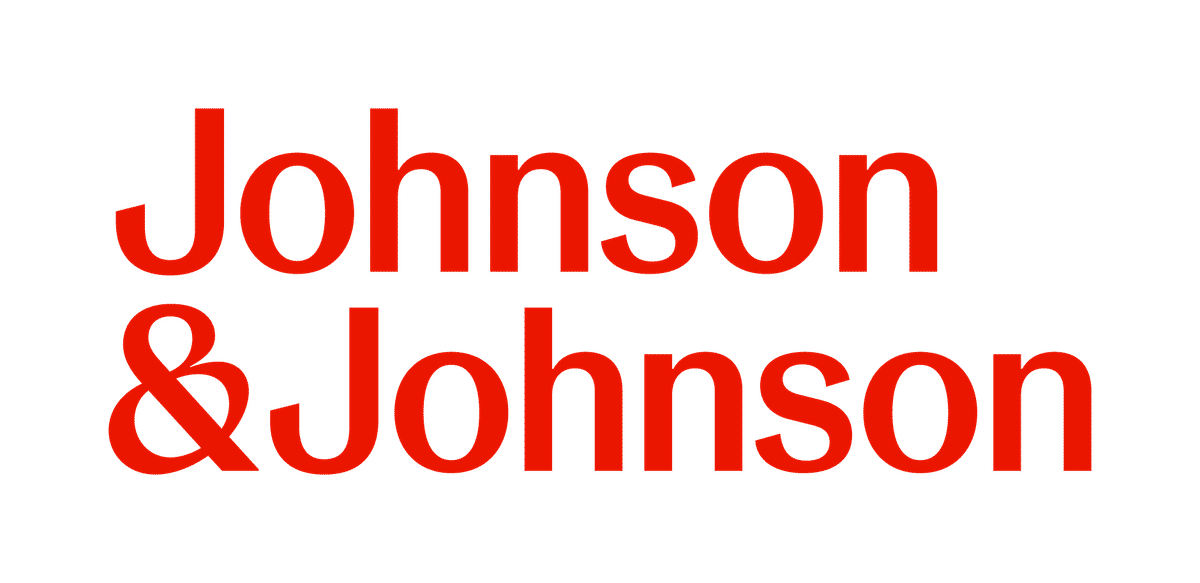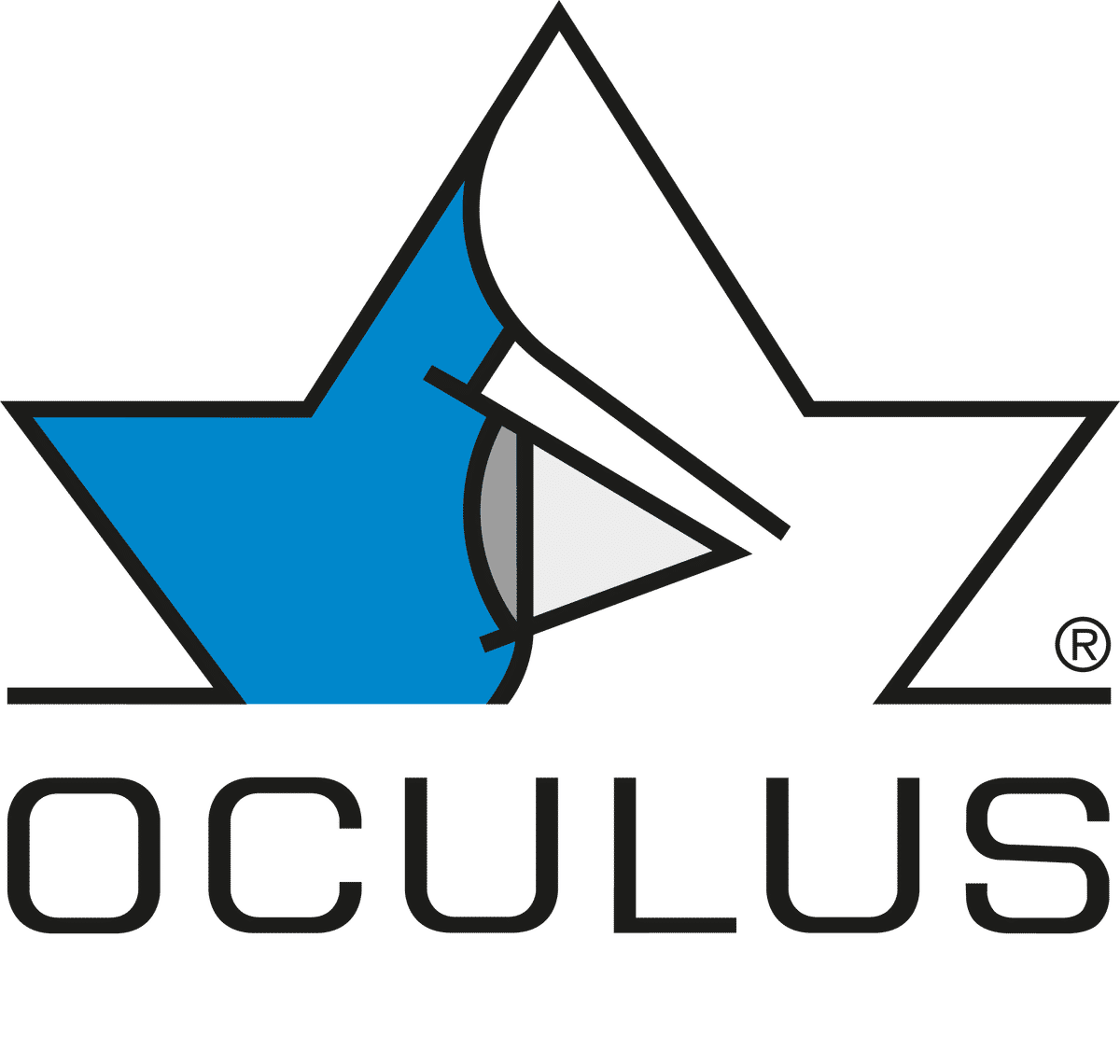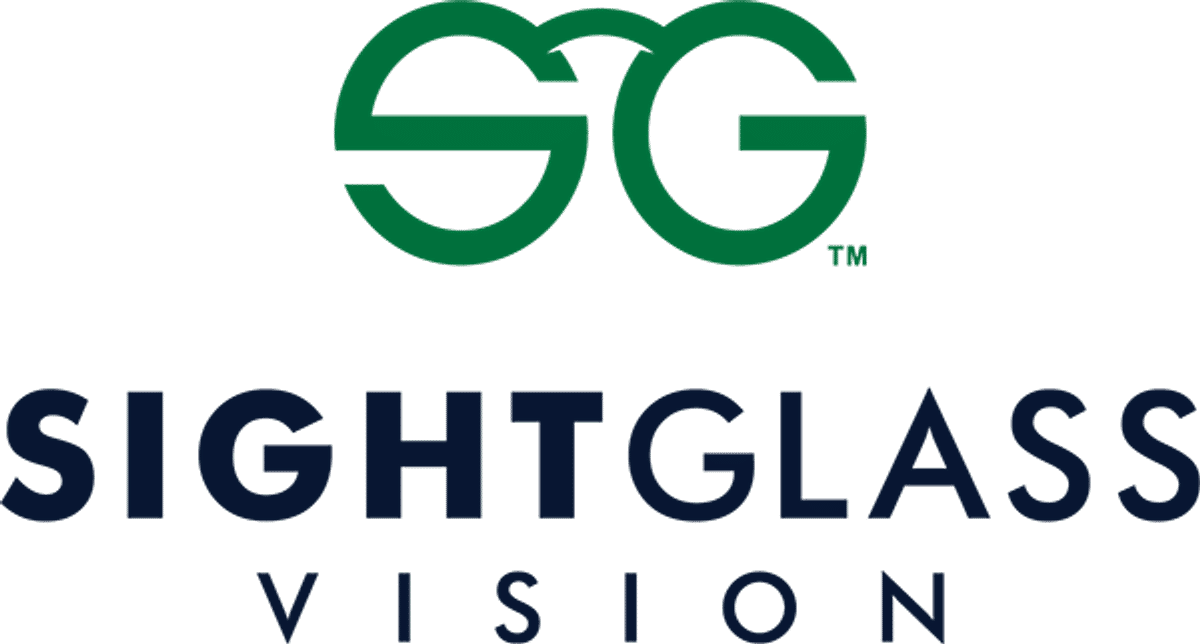Science
Which is more effective: 0.05% or 0.01% atropine?

In this article:
The MOSAIC2 study found that 0.05% atropine was significantly more effective than 0.01% in slowing myopia progression and axial elongation, though with more side effects, but both concentrations were well tolerated without significant rebound after discontinuation.
Paper title: Efficacy and Safety of Different Atropine Regimens for the Treatment of Myopia in Children: Three-Year Results of the MOSAIC Randomized Clinical Trial
Authors: Loughman J (1, 2), Lingham G (1, 3), Nkansah EK (1), Kobia-Acquah E (1), Flitcroft DI (1, 4)
- Centre for Eye Research Ireland, Environmental and Sustainability Health Institute, Technological University Dublin, Dublin, Ireland
- Ocumetra Ltd, Dublin, Ireland
- Centre for Ophthalmology and Visual Science (incorporating Lions Eye Institute), The University of Western Australia, Perth, Western Australia, Australia
- Department of Ophthalmology, Children’s Health Ireland at Temple Street Hospital, Dublin, Ireland
Date: Published online January 9, 2025
Reference: Loughman J, Lingham G, Nkansah EK, Kobia-Acquah E, Flitcroft DI. Efficacy and safety of different atropine regimens for the treatment of myopia in children: three-year results of the MOSAIC randomized clinical trial. JAMA Ophthalmol. 2025 Jan 9
Summary
The MOSAIC2 study builds upon the earlier two-year MOSAIC trial, which investigated low-concentration atropine for managing childhood myopia in European populations. This three-year analysis focused on the effectiveness and safety of different atropine eye drop concentrations, including the introduction of 0.05% atropine in the final year. Myopic children (n=199) aged 6 to 16 years with myopia were randomized into two main groups: one used a placebo for two years followed by 0.05% atropine in the third year, while the other used 0.01% atropine for two years and then either tapered or stopped treatment. They found that:
- Children using 0.05% atropine in the third year showed significantly less SER progression (-0.11D) and AL elongation (+0.09 mm) than those using either placebo (-0.23D and +0.14 mm) or tapering/ceasing 0.01% atropine (-0.18D and +0.10mm).
- The treatment effect of 0.05% atropine was 1.5 to 2 times greater than the 0.01% used during the first 2 years of the study, with SER changing by +0.12D vs. +0.05D per year and axial elongation slowing to -0.05mm vs. -0.04mm per year.
- Adverse events were more frequent in the 0.05% atropine group, with 15% of participants experiencing blurred near vision and 8% reporting photophobia. Despite these adverse events, no participants discontinued treatment in the 0.05% atropine group.
- Participants in the tapering and no-taper placebo groups showed no significant rebound in myopia progression after discontinuing 0.01% atropine.
What does this mean for my practice?
The findings highlight that 0.05% atropine is a highly effective option for slowing myopia progression and axial elongation, offering significantly better control than 0.01% atropine. Importantly, the study also demonstrated that starting 0.05% atropine later in treatment still provided substantial myopia management benefits.
Prior to this study, the tolerability of 0.05% atropine in a Caucasian population had not been well established. In this predominantly Caucasian cohort, while the higher concentration was associated with more side effects, these were generally mild and well-tolerated. This is further supported by the similar discontinuation rates across all treatment groups, including those using 0.01% atropine or placebo. Additionally, the study found no evidence of significant rebound progression after discontinuation of 0.01% atropine, reinforcing the long-term safety of treatment cessation.
In clinical practice, monitoring patients on atropine treatment for symptoms and post-treatment for potential rebound remains essential. However, this study supports that 0.05% atropine is generally well-tolerated in Caucasian patients, allowing practitioners to prescribe it with greater assurance regarding its tolerability, and that 0.01% atropine did not appear to have a rebound effect regardless of whether it was tapered or not.
What we still need to learn
While the MOSAIC2 study provides valuable insights into the efficacy and safety of 0.05% and 0.01% atropine for managing myopia in Caucasian populations, important questions remain:
- The long-term effects of 0.05% atropine, particularly beyond one year of treatment, are not yet fully understood in Caucasian populations. Extending the current trial to evaluate its sustained efficacy and potential cumulative side effects would provide crucial data.
- Although tapering was shown to be unnecessary to avoid rebound for 0.01% atropine, this has not yet been confirmed for 0.05%, and further research is needed to determine the best discontinuation protocols.
- Children who started 0.05% atropine in this study were two years older. Investigating its effectiveness in younger children, who are at greater risk of rapid myopia progression, would offer valuable insights.
Abstract
Title: Efficacy and safety of different atropine regimens for the treatment of myopia in children: three-year results of the MOSAIC randomized clinical trial.
Purpose: To investigate the efficacy and safety of different atropine regimens for myopia in children.
Methods: This was a secondary analysis of the 3-year results of the 24-Month Myopia Outcome Study of Atropine in Children (MOSAIC) trial, called the MOSAIC2 trial. The MOSAIC trial was an investigator-led, double-masked, randomized clinical trial of different atropine concentrations and regimens. The MOSAIC2 study took place at the Centre for Eye Research Ireland, in Dublin, Ireland, and included children and adolescents with myopia from the MOSAIC trial. Data analysis was conducted from November 2023 to February 2024.
Participants were randomly assigned to the following cohorts: group 1, nightly placebo for 2 years then 0.05% atropine eye drops for 1 year and group 2, nightly 0.01% atropine eye drops for 2 years then rerandomization to placebo nightly, tapering placebo, or tapering of 0.01% atropine eye drops for 1 year.
Observed changes in cycloplegic spherical equivalent refraction and axial length from month 24, or baseline, to month 36.
Results: A total of 199 children with myopia (mean [SD] age, 13.9 [2.4] years; 121 female [60.8%]) of the 250 children and adolescents from the MOSAIC trial were included in the MOSAIC2 trial analysis. Of 83 participants assigned to group 1, 66 (79.5%) reconsented to year 3, and 61 (73.5%) completed the trial. Of 167 participants assigned to group 2, 133 (79.6%) continued to year 3, and 121 (72.5%) completed the trial (0.01% atropine, then nightly placebo: n = 31 and n = 29 [93.5%]; 0.01% atropine, then tapering placebo: n = 29 and n = 25 [86.2%]; 0.01% atropine then tapering 0.01% atropine: n = 73 and n = 67 [91.8%], respectively). Compared with the group taking placebo then 0.05% atropine, the combined atropine then placebo groups had more spherical equivalent progression (adjusted difference, −0.13 diopters [D]; 95% CI, −0.22 to −0.04 D; P = .01) and axial elongation (adjusted difference, 0.06 mm; 95% CI, 0.02-0.09 mm; P = .008), and the group taking 0.01% atropine then tapering 0.01% atropine had more axial elongation (adjusted difference, 0.04 mm; 95% CI, 0.009-0.07 mm; P = .04). In the group taking placebo then 0.05% atropine, 15% (n = 10) and 8% (n = 5) reported blurred near vision and photophobia, respectively, during year 3, compared with 3% (n = 2) and 0%, respectively, in the group taking 0.01% atropine then tapering 0.01% atropine, and no reports in both placebo groups.
Conclusions: Despite more adverse events, participants using 0.05% atropine during year 3 had no differences in treatment completion rates and exhibited 0.13-D less myopia progression and 0.06-mm less axial elongation, compared with participants using placebo, supporting consideration of treatment as given to the group taking 0.05% atropine in this European population.
Meet the Authors:
About Jeanne Saw
Jeanne is a clinical optometrist based in Sydney, Australia. She has worked as a research assistant with leading vision scientists, and has a keen interest in myopia control and professional education.
As Manager, Professional Affairs and Partnerships, Jeanne works closely with Dr Kate Gifford in developing content and strategy across Myopia Profile's platforms, and in working with industry partners. Jeanne also writes for the CLINICAL domain of MyopiaProfile.com, and the My Kids Vision website, our public awareness platform.
Enormous thanks to our visionary sponsors
Myopia Profile’s growth into a world leading platform has been made possible through the support of our visionary sponsors, who share our mission to improve children’s vision care worldwide. Click on their logos to learn about how these companies are innovating and developing resources with us to support you in managing your patients with myopia.










